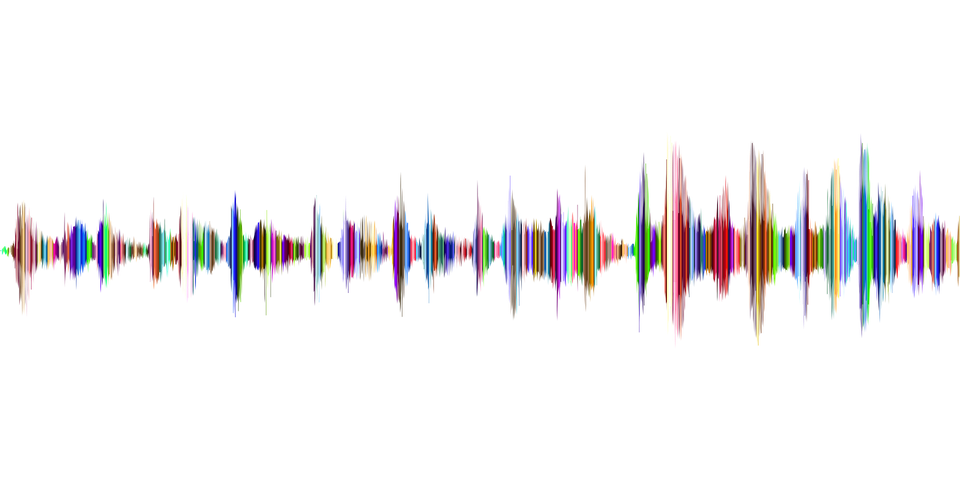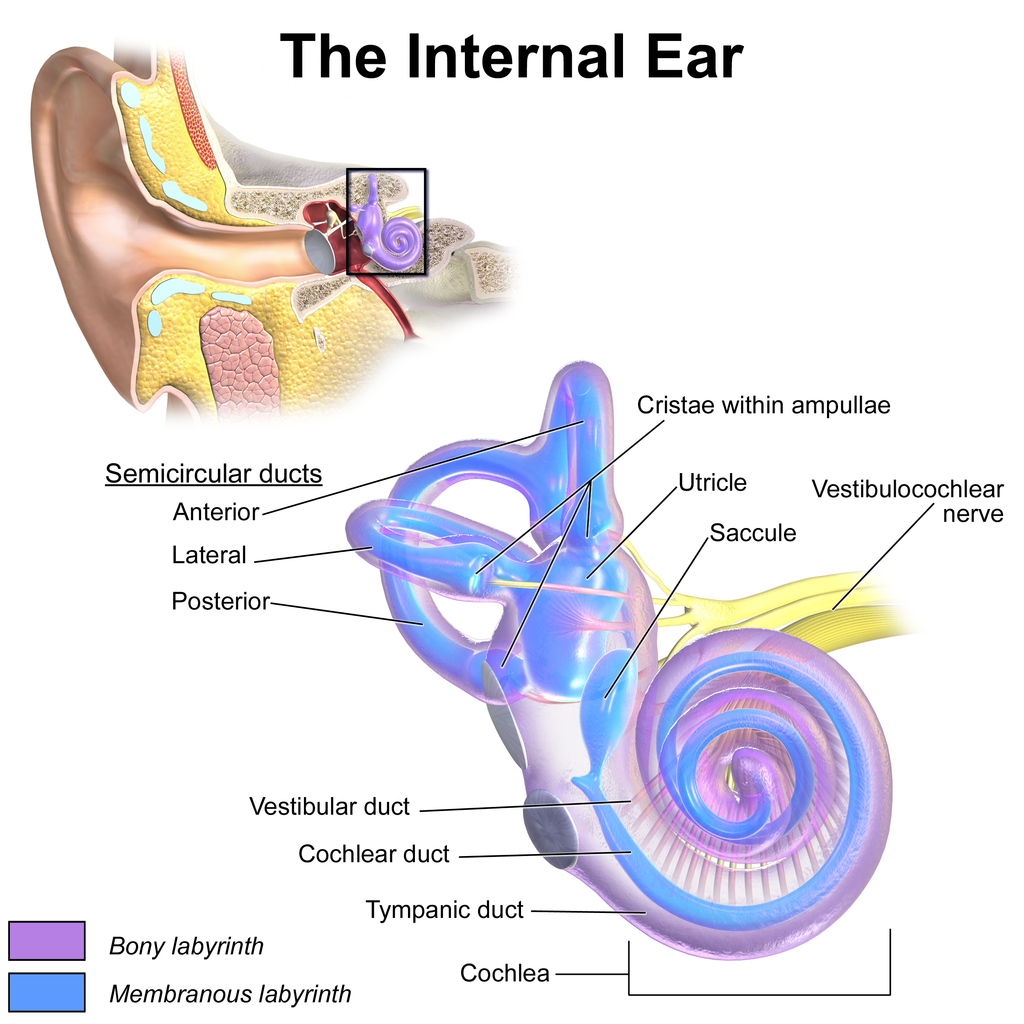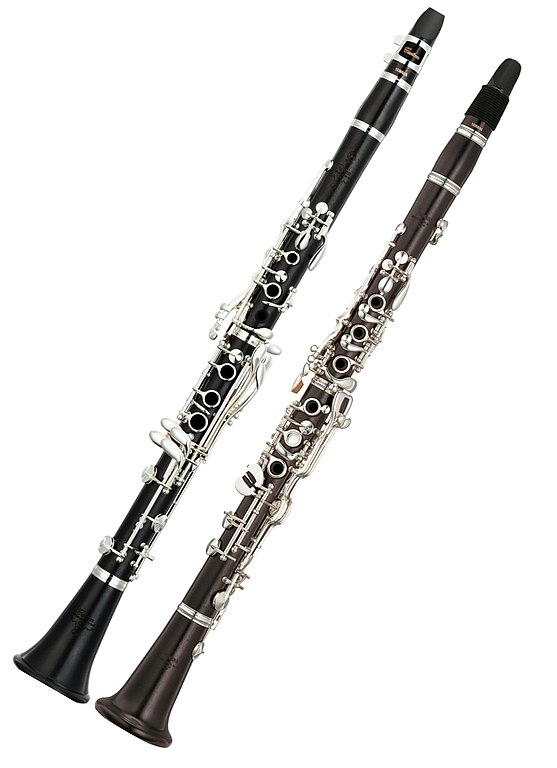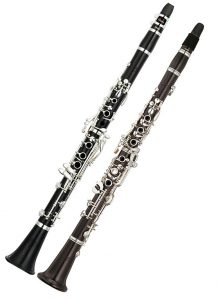Quiz on Monday. Today we will review, including a Kahoot group quiz.



The ukulele has two thick strings in the middle, and outside strings are thinner. 





Learn Physics – Mr. Trampleasure
Resources for high school physics students and teachers
Quiz on Monday. Today we will review, including a Kahoot group quiz.








Copy and complete the following sentence by entering one word: Water waves travel in the shape of a ______, sound and light waves travel in the shape of a _______.
Velocity = frequency * wavelength
When an object moves faster than the speed of sound, the air pressure ‘piles up’ and creates a very large boom.
Copy and complete the following sentences by selecting one of the bold words: In the Doppler effect, we detect waves from a source moving towards us as higher/lower pitch, because their wavelengths are shortened/lengthened.
Copy and complete the following sentences by selecting one of the bold words: In a sonic boom, “the ultimate Doppler effect,” we the loud boom is created because high/low sound pressure builds up at the front of the jet, and the jet is moving faster/slower than the speed of sound.
If you do not finish any worksheets in the packet, be sure to turn them all in by Friday.
Copy and complete the following sentence by selecting one of the bold words:
In musical instruments, low notes are created by making the string or tube longer or shorter, or by making it thicker or thinner.


This video starts with a thought experiment. Thought experiments are experiments we can’t actually do, but by thinking about that situation, it helps us to understand. By looking at a super-long bar of metal, we can ‘slow down’ sound.

Sound is the rhythmic motion of air particles. So, similar to thermal energy, it is a type of kinetic energy.
Humans are said to be able to hear from 20 to 20,000 Hz (cycles per second). Test your hearing range with the video below. (I can hear from about 60 to 13,000 Hz.)
The video below shows a tuning fork being lowered into a glass of water, shot with a very high speed cameras (about 50 times faster than most cell phone cameras, and even faster than the slow-mo option on phone cameras).
In the instruments below, notice how the length and/or thickness changes to make a range of notes.




